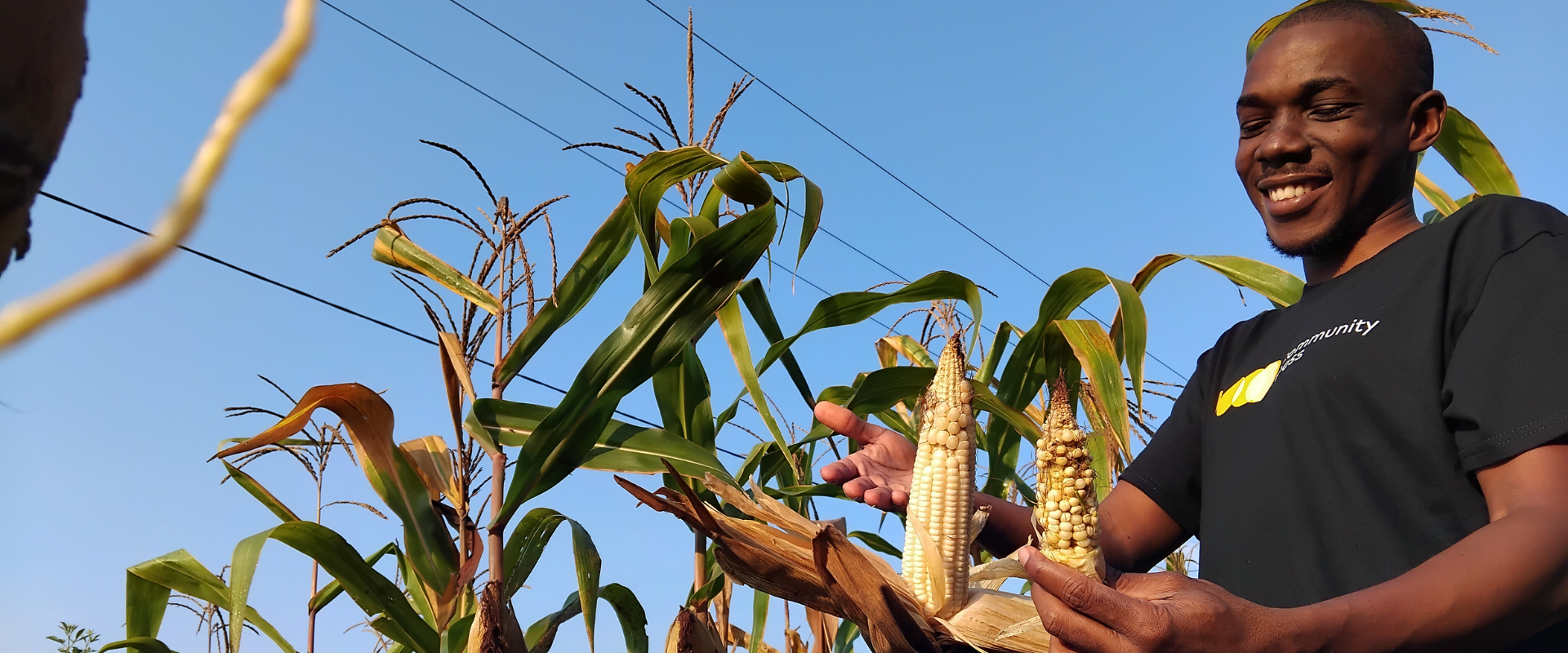Propelling digital economies everywhere
December 26, 2024 | By Sophie Hares
With 5.5 billion people using the internet in 2024 — growing by 151 million from the previous year — technology is proving to be a gamechanger for millions of small business owners, including fabric designers in India, food delivery entrepreneurs in Mauritius and small farmers in Uganda.
Increased access to digital tools is revolutionizing the ways entrepreneurs can find new customers, take orders and accept payments. These tools are even making it easier for women to open their own ventures and entrepreneurs without traditional credit histories to get finance to expand.
It’s also one of the reasons Mastercard surpassed its goal of bringing 50 million small businesses into the digital economy between 2020 and 2025. Behind that number lies 50 million personal stories to tell. Here are a few tales about how digitalization helped entrepreneurs get ahead.
Stitching together a family’s future
In India’s Karnataka state, Swetha YM and her husband were struggling to raise their two children on his farming wage, so she began making extra cash customizing fabric with sequins and embroidery for blouses and saris.
At first, she relied on local customers, but that changed when she signed up for the Digital Saksham training program, which, among other skills, helped her learn how to use social media to reach new clients outside of her community.
Now, thanks to the collaboration between the Confederation of Indian Industry and Mastercard Strive, she earns about $300 each month from her small store that employs four women and takes orders from neighboring states.
Mauritius bets on a digital ecosystem
A tiny speck in the Indian Ocean, Mauritius has long been known for its tropical beaches and upmarket honeymooner hotels. Now, it wants to use rapid digitalization to take its place in the global economy.

One success story from the country’s effort to encourage digitalization: Grubmates. When John and Olga Popel launched Grubmates, their Uber Eats-style delivery service in the coastal town of Flic-en-Flac, they quickly discovered customers did not always have cash on hand. So they decided to incorporate a local banking app, Juice, into their platform to make it easier for customers to pay.
Now, about 60% of Grubmates’ payments are made digitally and their business is delivering to thousands a year.
As the government’s Digital Mauritius 2030 Strategic Plan positively impacts more small businesses and financial institutions, it offers a vital blueprint to other countries looking to use digitalization to shift direction toward greater prosperity.
Leveling the field for African farmers
Kasamba Salim starts work before sunrise each day on his three-acre farm just north of the equator in Bugiri, Uganda. But like many African smallholder farmers, patchy electricity and internet made it difficult to connect with the digital world. In years past, that has meant Salim sold his crops without a strong sense of market rates. And cash-only transactions meant he couldn’t build a credit history to help convince banks to make loans to buy new equipment or seeds.
Now, financial technology is making a difference for Salim and other farmers like him. He’s using Yo! Pay Agric, a platform powered by Mastercard’s Community Pass digital infrastructure that provides a marketplace for farmers to negotiate prices and get paid. Over one million farmers are now registered on the platform, whose digital network also connects farmers to suppliers and helps them build a credit history.
In just two years, Salim’s local farming cooperative has built up enough capital to build a warehouse to store crops and wants to roll out modern irrigation systems to help give each of its members a brighter future.



